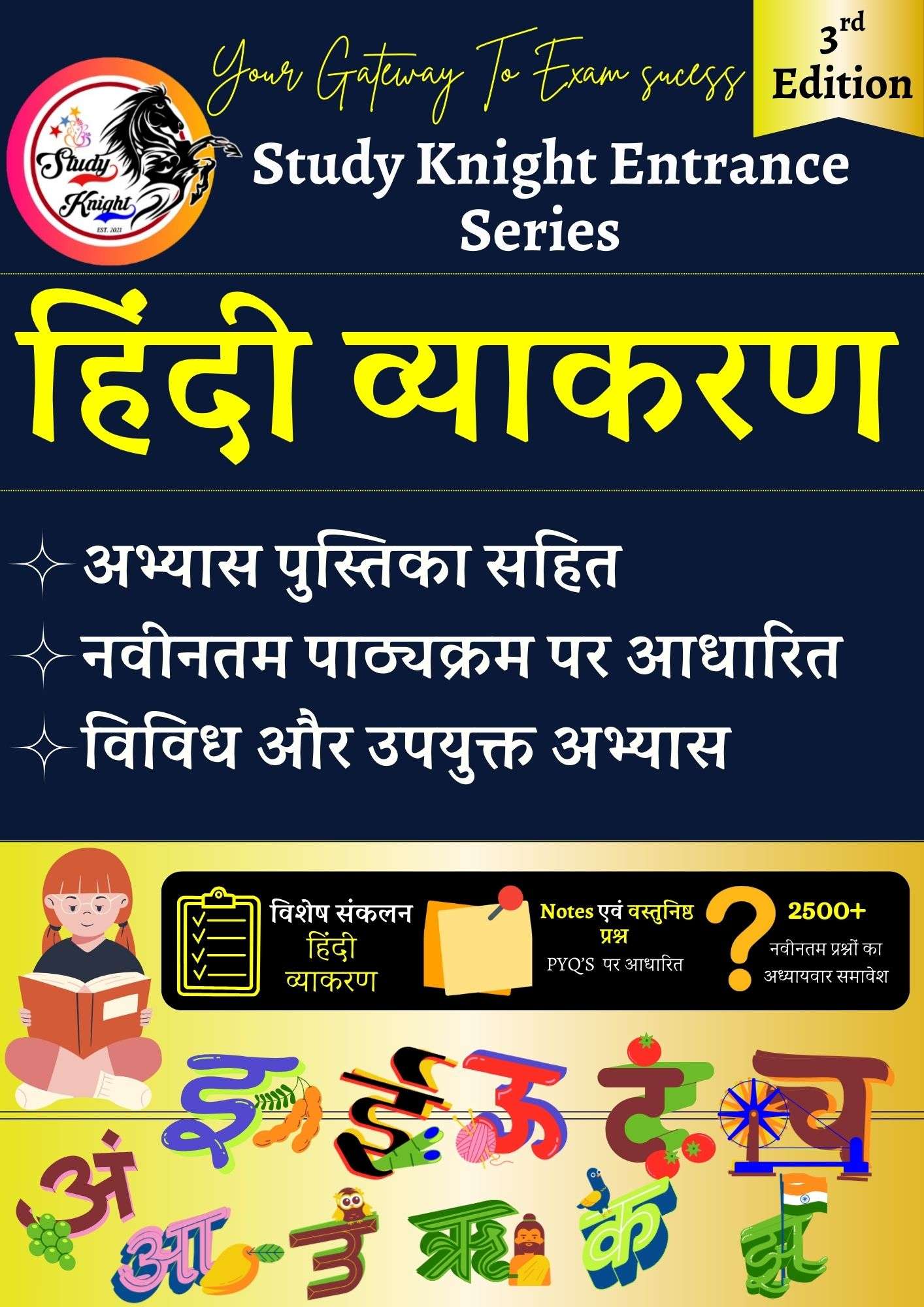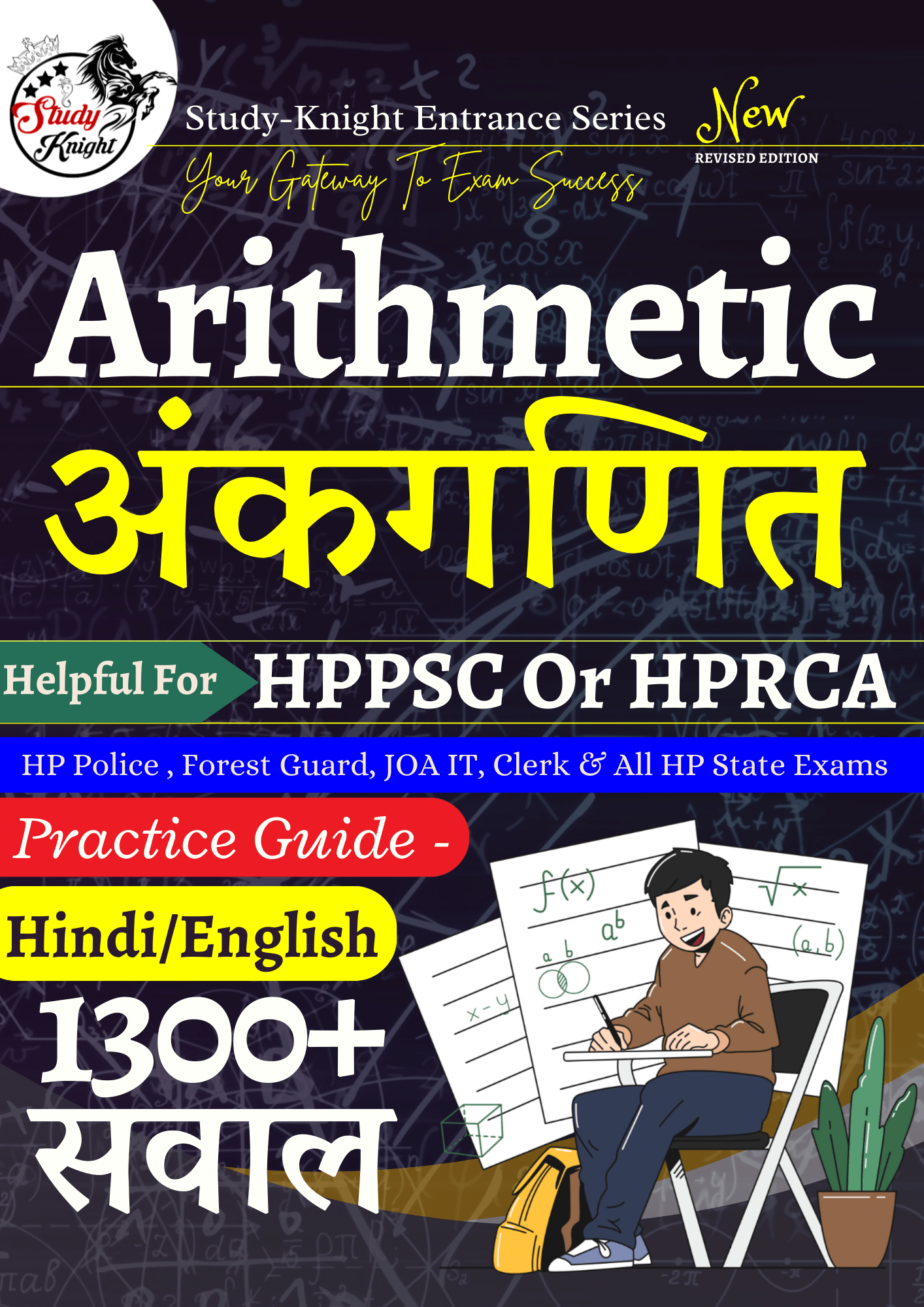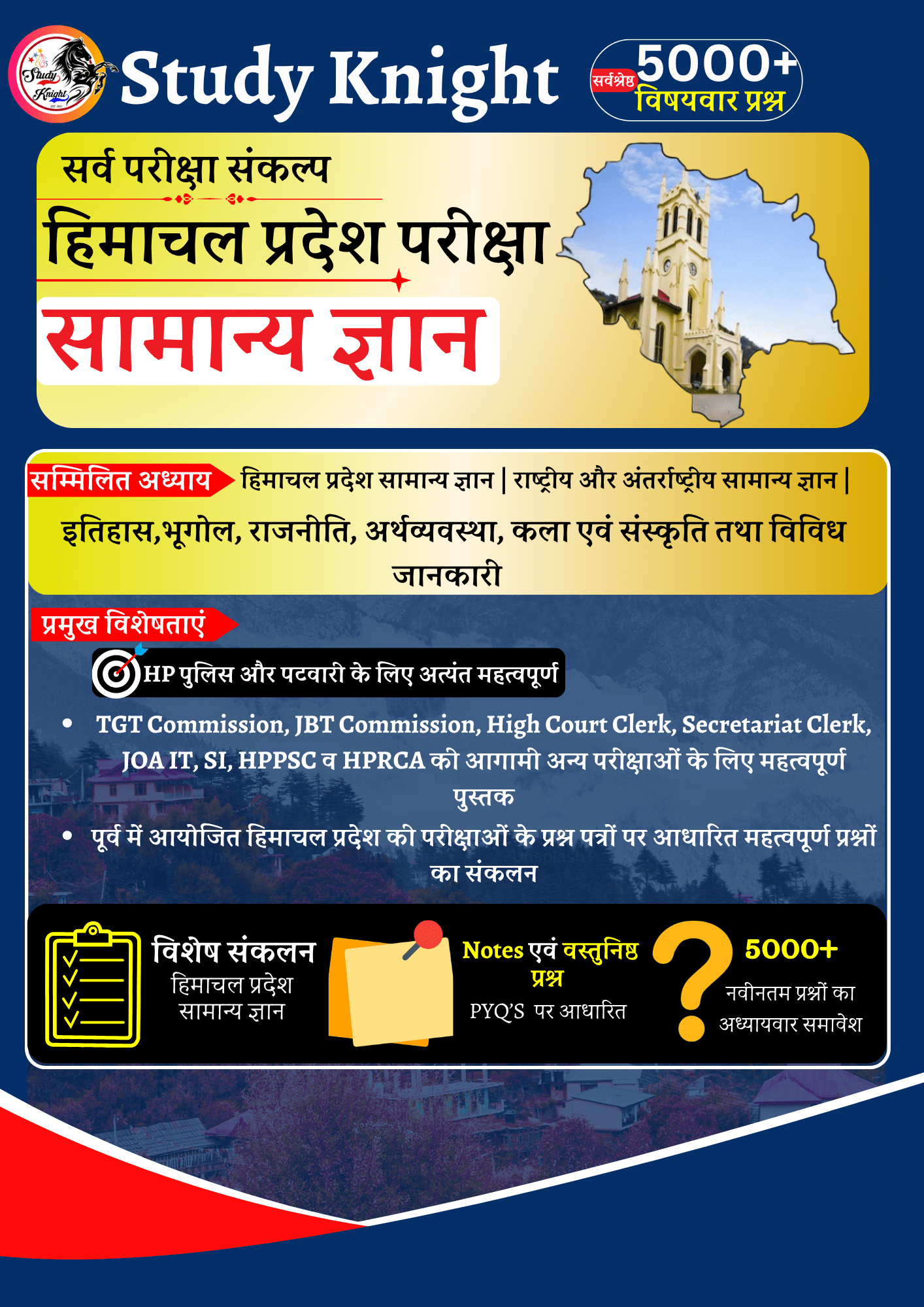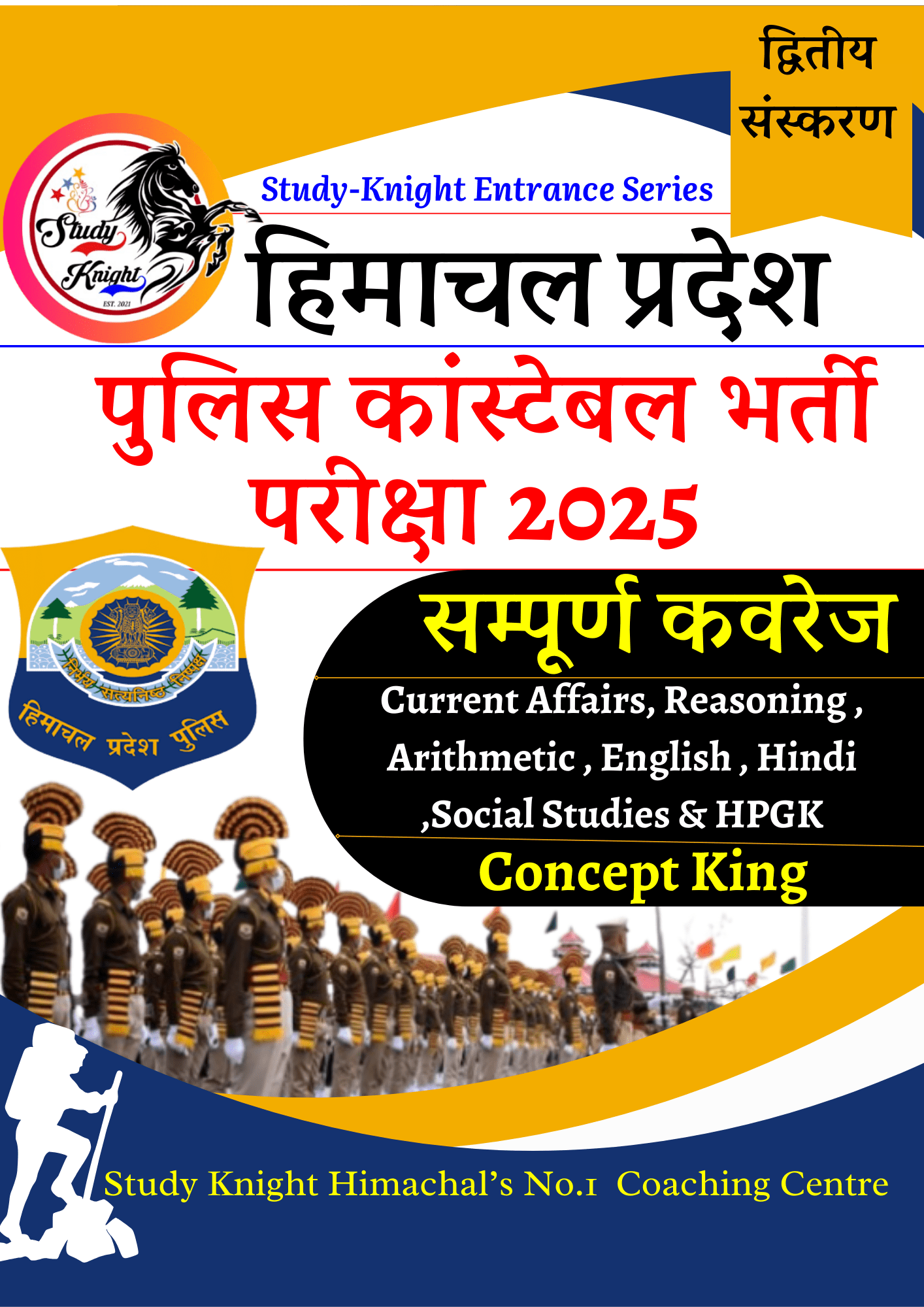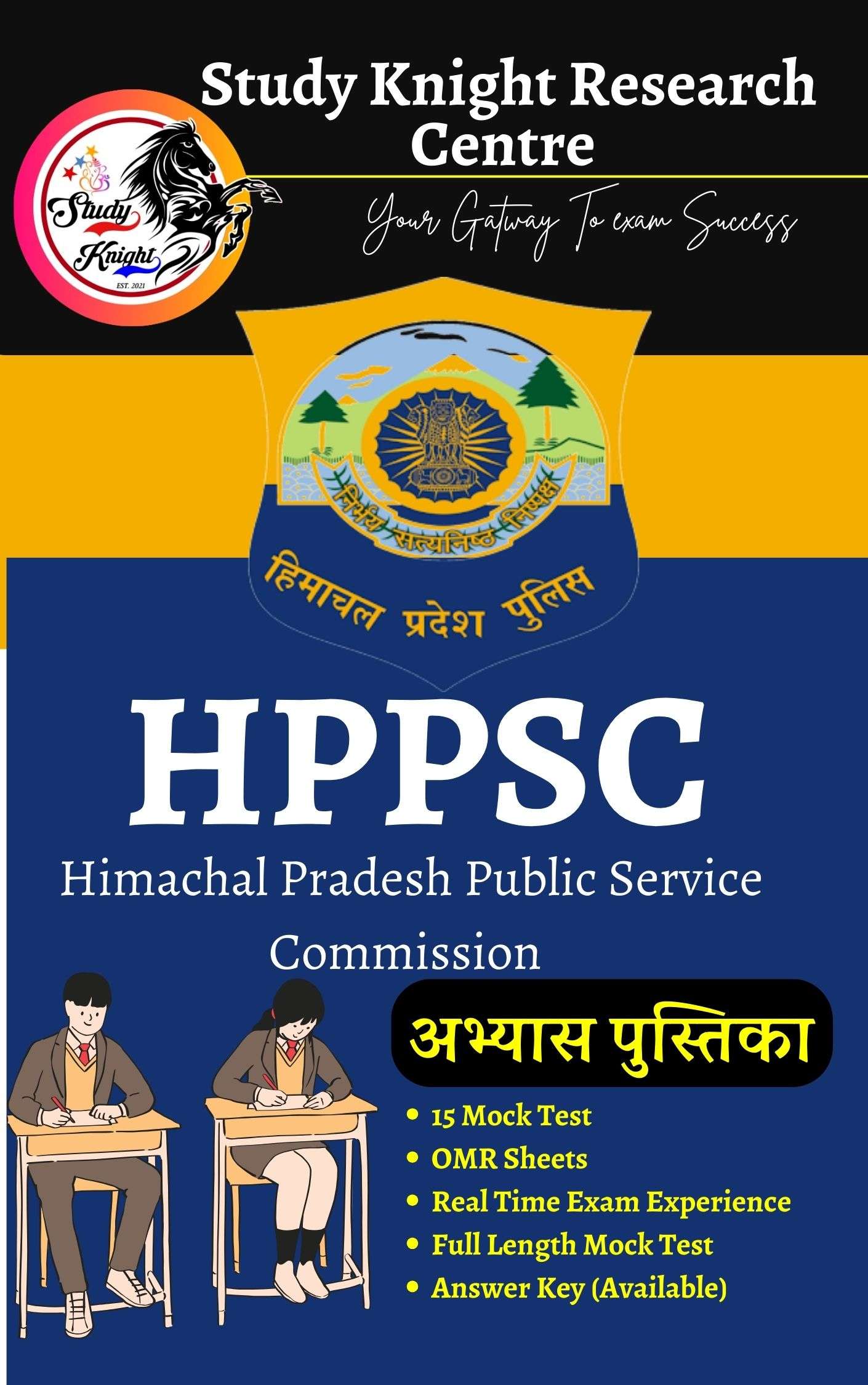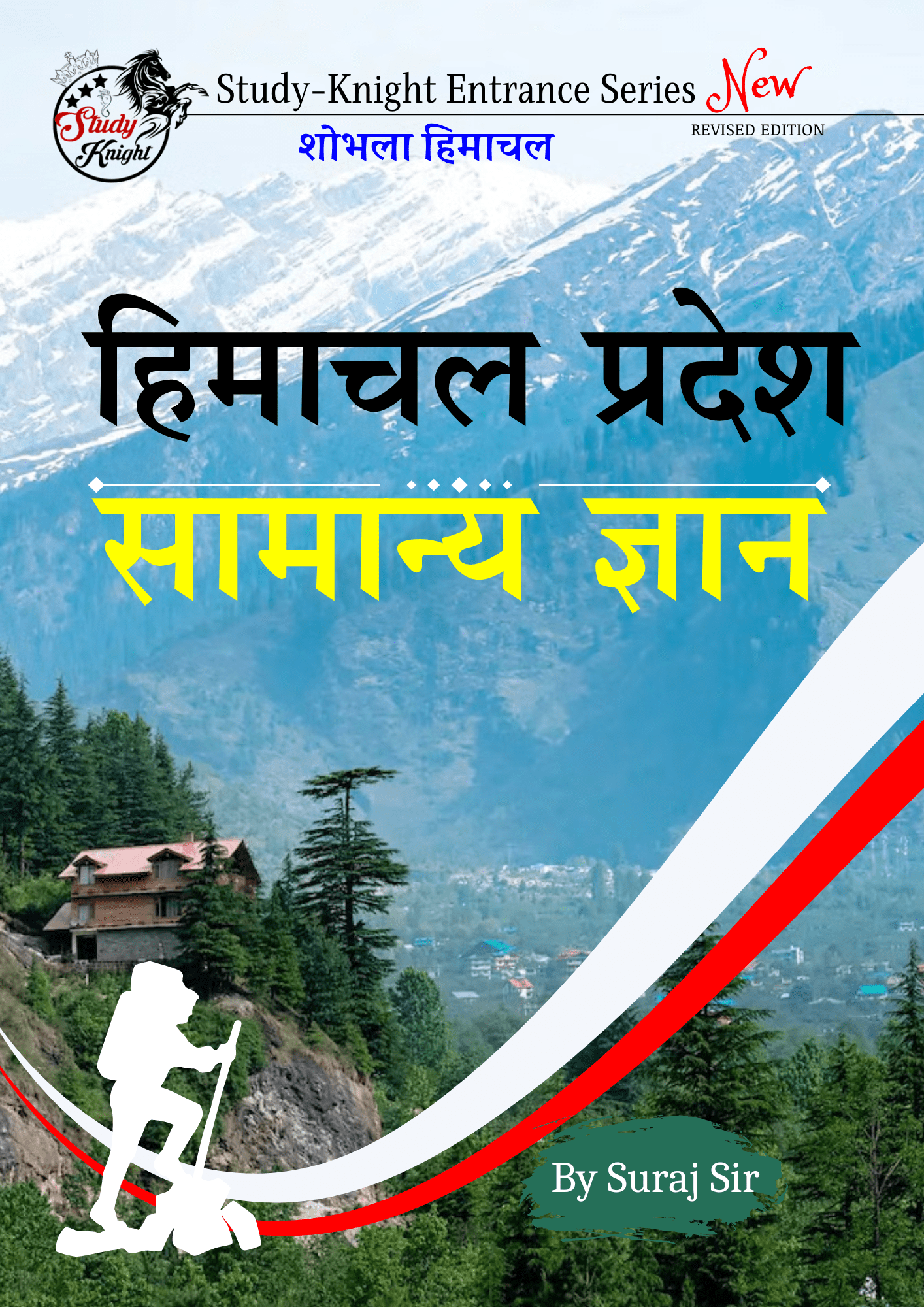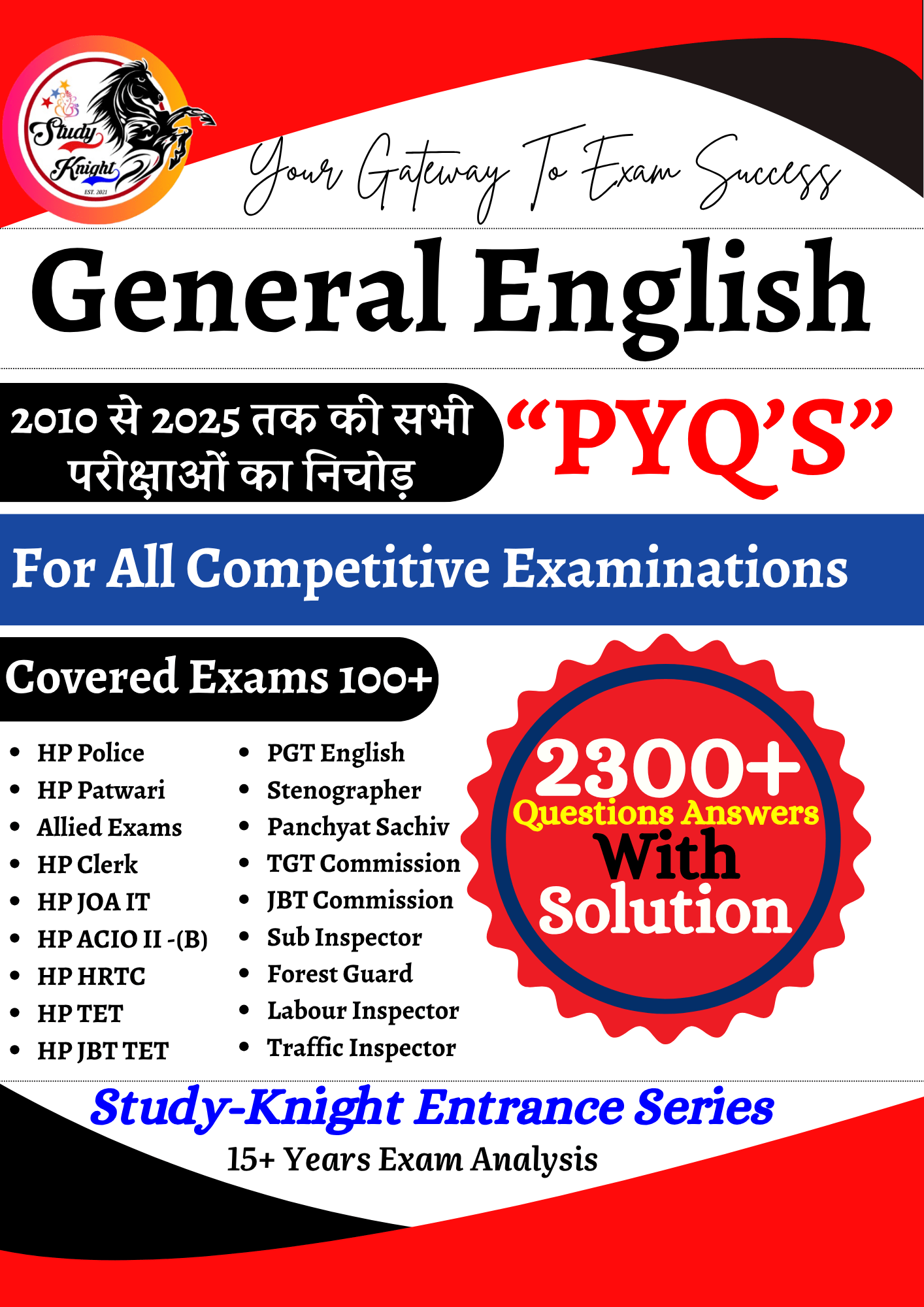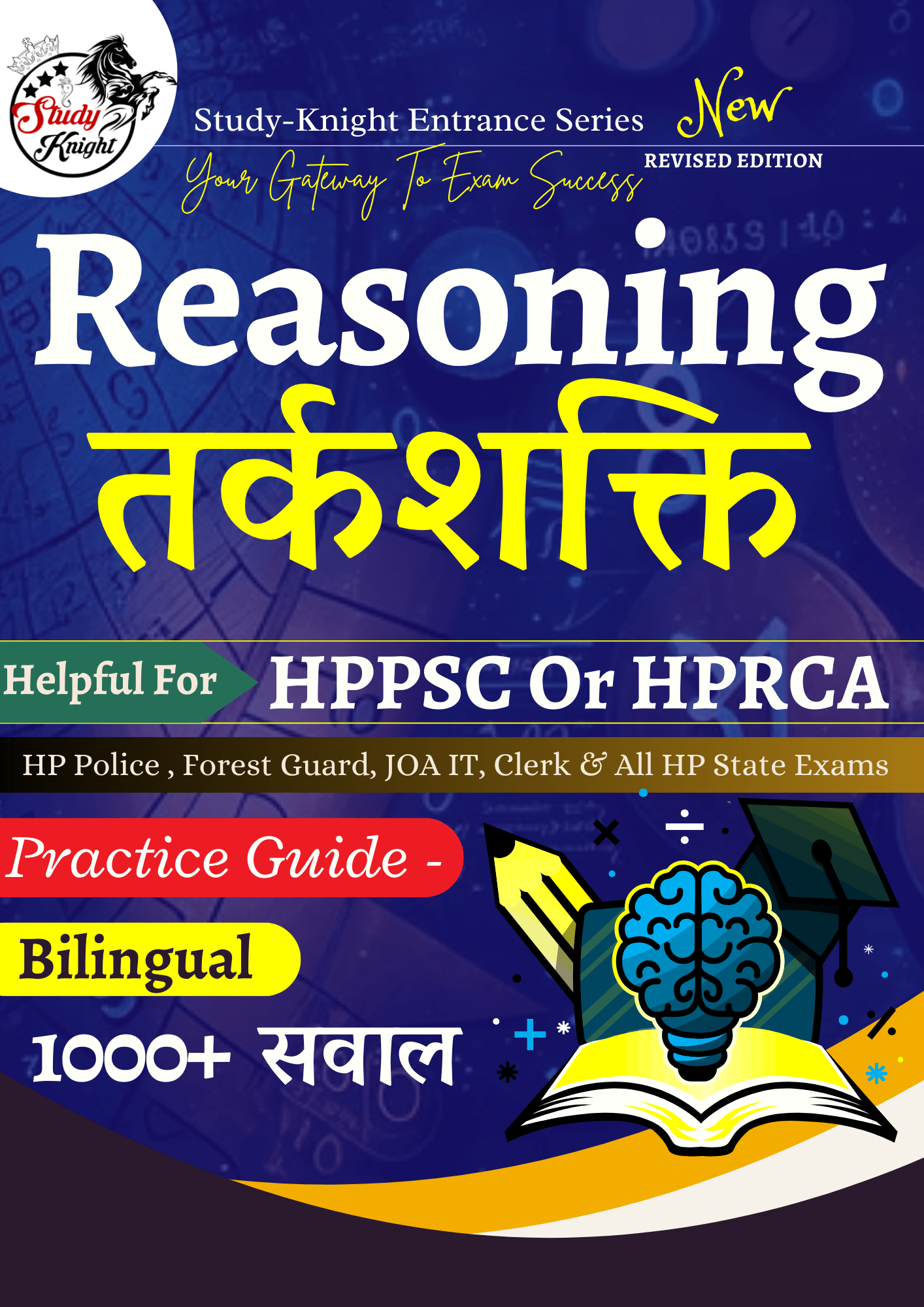Census of District Sirmaur
1. Population Distribution
- Total Population: 529,855 (276,289 males and 253,566 females)
- Percentage of State Population: 7.7%
- Rank Among Districts: 5th
- Rural Population: 472,690 (246,175 males and 226,515 females) in 968 inhabited villages
- Urban Population: 57,165 (30,114 males and 27,051 females) in 3 towns
- Rural Population Percentage: 89.2%
- Urban Population Percentage: 10.8%
2. Population Growth
- Census 2001 Population: 458,593
- Census 2011 Population: 529,855
- Net Addition (2001-2011): 71,262
- Decadal Growth Rate: 15.5%
- Rural Growth Rate: 15.0%
- Urban Growth Rate: 19.9%
- Urban Growth Rate High Due to: Development in the industrial field
3. Density of Population
- Overall Density: 188 persons per sq. km. (State average: 123 persons per sq. km.)
- Tehsil-wise Density:
- Highest (Nahan): 293 persons per sq. km.
- Lowest (Nohra): 127 persons per sq. km.
- Rural Density: 168 persons per sq. km.
- Urban Density: 2,990 persons per sq. km.
4. Sex Ratio
- Overall Sex Ratio: 918 females per 1,000 males
- Rural Sex Ratio: 920 females per 1,000 males
- Urban Sex Ratio: 898 females per 1,000 males
- Sex Ratio (0-6 years): 928 overall, 934 in rural areas, 873 in urban areas
5. Literacy Rate
- Total Literate Population: 362,645 (78.8% of total population excluding 0-6 years)
- Male Literacy Rate: Higher than female literacy rate
- Rural Literacy Rate: 77.3%
- Urban Literacy Rate: 90.7%
- Male Literacy in Rural Areas: 84.6%
- Female Literacy in Rural Areas: 69.3%
- Male Literacy in Urban Areas: 93.4%
- Female Literacy in Urban Areas: 87.8%
- Difference Between Male and Female Literacy Rates: 15.3 points in rural areas, 5.6 points in urban areas
6. Scheduled Castes Population
- Total Scheduled Castes Population (2011): 160,745 (30.34% of total population)
- Scheduled Castes Population Increase (2001-2011): 18.4%
- Rural Scheduled Castes Population (2011): 149,719 (31.67% of rural population)
- Urban Scheduled Castes Population (2011): 11,026 (19.29% of urban population)
- Highest Scheduled Castes Rural Population: Paonta Sahib tehsil (24,945 or 18.81%)
7. Scheduled Tribes Population
- Total Scheduled Tribes Population (2011): 11,262 (2.13% of total population)
- Scheduled Tribes Population Increase (2001-2011): 89.0%
- Rural Scheduled Tribes Population (2011): 10,915 (2.31% of rural population)
- Urban Scheduled Tribes Population (2011): 347 (0.61% of urban population)
- Highest Scheduled Tribes Rural Population: Nahan Tehsil (6,241 or 11.3%)
- Highest Scheduled Tribes Urban Population: Nahan M Cl (215 or 0.74%)
8. Additional Notes
- Concentration of Villages: Mainly on undulating slopes and valleys of rivers/streams
- Lowest Scheduled Castes Population: Dadahu tehsil (5,972 rural) and Rajgarh NP (1,007 urban)
- Lowest Scheduled Tribes Population: Ronhat tehsil (2 rural) and Rajgarh NP (8 urban
Population Overview:
In 2011, Sirmaur District’s population was 529,855, a 15.54% increase from 458,593 in 2001. The growth rate in the previous decade was 20.78%. With a projected population of 617,300 by 2024, the district continues to experience steady growth. This population increase is important for planning infrastructure and public services to meet the needs of the expanding population.
Gender Distribution:
The sex ratio in Sirmaur improved from 901 females per 1,000 males in 2001 to 918 in 2011. This indicates a gradual increase in gender balance. With projections suggesting a stable or slightly improved ratio by 2024, it reflects ongoing improvements in healthcare and gender equality efforts within the district.
Literacy Rates:
Sirmaur’s literacy rate rose from 70.39% in 2001 to 78.80% in 2011. Male literacy improved from 79.36% to 85.61%, while female literacy increased from 60.37% to 71.36%. Continued educational advancements are expected to further boost literacy rates, contributing to overall development and empowerment in the district.
Child Population:
Children aged 0-6 years made up 13.14% of the population in 2011, slightly down from 14.92% in 2001. The child sex ratio decreased from 934 girls per 1,000 boys in 2001 to 928 in 2011. These figures indicate a stabilization in birth rates and highlight the need for ongoing child welfare initiatives.
Urban vs. Rural Distribution:
In 2011, 10.79% of Sirmaur’s population lived in urban areas, while 89.21% resided in rural regions. The urban population totaled 57,165, with a sex ratio of 898 females per 1,000 males. The rural areas dominate, reflecting the district’s primarily agrarian nature and slower urbanization.
Density and Area:
Sirmaur District spans 2,825 square kilometers, with a population density of 188 people per square kilometer as of 2011. This represents an increase from 162 people per square kilometer in 2001. The rising density reflects growing settlements and increased demand for housing and services.
Religious Demographics:
The 2011 Census reported that 89.99% of Sirmaur’s population practices Hinduism, 6.27% are Muslims, 2.93% are Sikhs, and 0.50% are Buddhists. Minorities include Christians and Jains. This distribution underscores Hinduism’s dominance and the district’s diverse religious landscape.
Houseless Population:
In 2011, there were 103 houseless families in Sirmaur, totaling 559 individuals. This is approximately 0.11% of the district’s population. Addressing the needs of the houseless population remains crucial for improving living conditions and ensuring basic housing rights.
Urban Agglomerations:
Sirmaur District does not have any recognized urban agglomerations. This indicates a lack of large urban centers and emphasizes the district’s rural characteristics. The absence of major urban areas affects economic opportunities and infrastructure development in the district.
Scheduled Castes and Tribes:
Scheduled Castes (SCs) constituted 30.34% of Sirmaur’s population in 2011, while Scheduled Tribes (STs) made up 2.13%. The SC population has grown over the decades, reflecting ongoing socio-economic changes. The ST population remains relatively small, highlighting the district’s diverse social fabric.
Language Distribution:
In 2011, 39% of Sirmaur’s population spoke Hindi, 34% spoke Pahari, and 20% spoke Sirmauri. Other languages included Punjabi (3.88%), Nepali (0.94%), Haryanvi (0.43%), and Tibetan (0.42%). This linguistic diversity reflects the cultural richness and ethnic variety of the district.
Future Projections:
By 2024, Sirmaur’s population is projected to reach approximately 617,300. This growth rate reflects ongoing demographic trends and will influence planning for resources, infrastructure, and services. Accurate projections are essential for effective governance and development strategies.
These highlights provide a concise overview of the key demographic features and trends in Sirmaur District.
Q.1
What was the population of Sirmaur District in 2011?
A. 529,855
B. 458,593
C. 599,800
D. 606,500
Answer: A
Explanation: The population of Sirmaur District in 2011 was 529,855.
Q.2
What was the percentage increase in Sirmaur District’s population from 2001 to 2011?
A. 20.78%
B. 15.54%
C. 25.30%
D. 18.22%
Answer: B
Explanation: The population of Sirmaur District increased by 15.54% from 2001 to 2011.
Q.3
What was the male literacy rate in Sirmaur District according to the 2011 Census?
A. 79.36%
B. 85.61%
C. 71.36%
D. 60.37%
Answer: B
Explanation: The male literacy rate in Sirmaur District in 2011 was 85.61%.
Q.4
What was the child sex ratio in Sirmaur District in 2011?
A. 934 girls per 1,000 boys
B. 928 girls per 1,000 boys
C. 920 girls per 1,000 boys
D. 915 girls per 1,000 boys
Answer: B
Explanation: The child sex ratio in Sirmaur District in 2011 was 928 girls per 1,000 boys.
Q.5
How many houseless individuals were recorded in Sirmaur District during the 2011 Census?
A. 559
B. 103
C. 68,431
D. 69,620
Answer: A
Explanation: There were 559 houseless individuals in Sirmaur District as per the 2011 Census.
Q.6
What was the sex ratio in Sirmaur District in 2001?
A. 918 females per 1,000 males
B. 901 females per 1,000 males
C. 920 females per 1,000 males
D. 928 females per 1,000 males
Answer: B
Explanation: The sex ratio in Sirmaur District in 2001 was 901 females per 1,000 males.
Q.7
What percentage of Sirmaur’s population lived in urban areas according to the 2011 Census?
A. 10.79%
B. 15.54%
C. 20.78%
D. 13.14%
Answer: A
Explanation: In 2011, 10.79% of Sirmaur’s population lived in urban areas.
Q.8
Which religion had the highest percentage of followers in Sirmaur District according to the 2011 Census?
A. Islam
B. Sikhism
C. Buddhism
D. Hinduism
Answer: D
Explanation: Hinduism was the predominant religion in Sirmaur District with 89.99% of the population following it.
Q.9
What was the average literacy rate in Sirmaur District in 2001?
A. 78.80%
B. 70.39%
C. 60.37%
D. 85.61%
Answer: B
Explanation: The average literacy rate in Sirmaur District in 2001 was 70.39%.
Q.10
What was the projected population of Sirmaur District for the year 2024?
A. 617,300
B. 606,500
C. 599,800
D. 612,300
Answer: A
Explanation: The projected population of Sirmaur District for 2024 is approximately 617,300.
Q.11
What was the total child population (0-6 years) in Sirmaur District in 2011?
A. 68,431
B. 63,387
C. 69,620
D. 72,000
Answer: C
Explanation: The total child population (0-6 years) in Sirmaur District in 2011 was 69,620.
Q.12
What percentage of Sirmaur’s population was Scheduled Castes (SCs) in 2011?
A. 30.34%
B. 2.13%
C. 20.78%
D. 15.54%
Answer: A
Explanation: Scheduled Castes (SCs) made up 30.34% of Sirmaur’s population in 2011.
Q.13
What was the literacy rate for females in rural areas of Sirmaur District according to the 2011 Census?
A. 69.33%
B. 77.31%
C. 90.73%
D. 60.37%
Answer: A
Explanation: The literacy rate for females in rural areas of Sirmaur District in 2011 was 69.33%.
Q.14
Which language was spoken by 39% of Sirmaur’s population according to the 2011 Census?
A. Pahari
B. Sirmauri
C. Hindi
D. Punjabi
Answer: C
Explanation: Hindi was spoken by 39% of Sirmaur’s population in 2011.
Q.15
How many urban agglomerations are there in Sirmaur District?
A. 1
B. 2
C. 3
D. None
Answer: D
Explanation: There are no urban agglomerations in Sirmaur District.
Q.16
What was the density of Sirmaur District in 2001?
A. 188 people per sq. km
B. 162 people per sq. km
C. 200 people per sq. km
D. 150 people per sq. km
Answer: B
Explanation: The density of Sirmaur District in 2001 was 162 people per square kilometer.
Q.17
What percentage of Sirmaur District’s population was Scheduled Tribes (STs) in 2011?
A. 30.34%
B. 2.13%
C. 15.54%
D. 20.78%
Answer: B
Explanation: Scheduled Tribes (STs) made up 2.13% of Sirmaur’s population in 2011.
Q.18
How many children aged 0-6 years were there in urban areas of Sirmaur District in 2011?
A. 6,233
B. 13,000
C. 10,000
D. 8,000
Answer: A
Explanation: There were 6,233 children aged 0-6 years in the urban areas of Sirmaur District in 2011.
Q.19
What was the female literacy rate in Sirmaur District in 2011?
A. 60.37%
B. 71.36%
C. 85.61%
D. 77.31%
Answer: B
Explanation: The female literacy rate in Sirmaur District in 2011 was 71.36%.
Q.20
What was the percentage of Sirmaur District’s population living in rural areas in 2011?
A. 89.21%
B. 10.79%
C. 80.00%
D. 70.00%
Answer: A
Explanation: In 2011, 89.21% of Sirmaur District’s population lived in rural areas.


